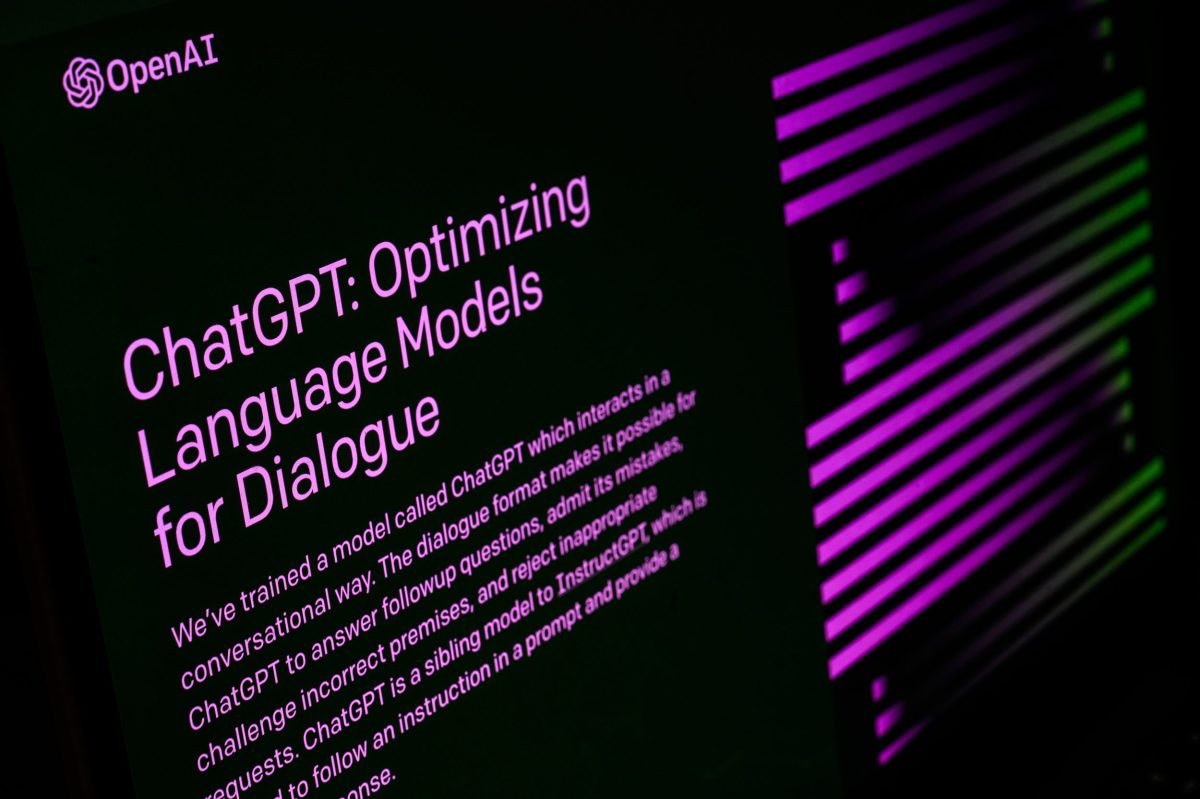The Evolution of ChatGPT: Milestones, Innovations, and Challenges
ChatGPT’s Remarkable Journey
ChatGPT, OpenAI’s groundbreaking AI chatbot, has rapidly transformed from a productivity tool into a global phenomenon since its debut in November 2022. Originally designed to bolster productivity with capabilities like essay and code writing through concise prompts, it now boasts an incredible 300 million weekly active users.
Major Developments in 2024
In 2024, OpenAI made headlines with key collaborations, including a partnership with Apple for its generative AI service, Apple Intelligence. The introduction of GPT-4o, which includes voice capabilities, and the eagerly awaited Sora text-to-video model further showcased OpenAI’s commitment to innovation.
Internal Turmoil and Legal Battles
However, OpenAI faced significant challenges, including the departure of notable executives like co-founder Ilya Sutskever and CTO Mira Murati. Legal troubles also loomed, with lawsuits stemming from copyright claims by Alden Global Capital’s publications and an injunction from Elon Musk against OpenAI’s transition to a for-profit model.
The Competitive Landscape in 2025
As 2025 unfolded, OpenAI confronted perceptions of losing ground to competitors such as DeepSeek. Efforts to strengthen ties with government entities and an ambitious $50 billion data center project underscored the company’s push to reclaim its competitive edge. Reportedly, OpenAI is also preparing for one of the biggest fundraising rounds in its history.
Key ChatGPT Product Updates and Releases
Below, we detail recent updates to ChatGPT, reflecting its ever-evolving nature. For further inquiries, please check our comprehensive ChatGPT FAQ.
Timeline of Recent ChatGPT Updates
June 2025
-
OpenAI Integrates Google’s AI Chips
OpenAI began utilizing Google’s AI chips, marking a pivotal shift from reliance on Nvidia GPUs. -
MIT Study Raises Concerns
A study from MIT revealed that ChatGPT usage might be detrimental to critical thinking skills among users. -
Record App Downloads
ChatGPT was downloaded nearly 30 million times in just one month, outpacing major social media platforms. -
Energy Consumption Insights
Average energy usage per ChatGPT query was found to be equivalent to powering a lightbulb for a few minutes. -
Launch of o3-pro Model
OpenAI rolled out o3-pro, the improved version of its AI reasoning model, enhancing the user experience. -
Enhancements to Conversational Voice
The voice mode was updated for a more natural dialogue experience, facilitating smoother language translations. - New Business Features
New capabilities for business users included meeting recording options and integrations with platforms like Google Drive.
May 2025
-
Focus on Hardware-Driven Growth
OpenAI’s CFO emphasized that advancements in hardware would drive future growth. -
Introduction of Codex
OpenAI unveiled Codex, an AI coding agent promising improved code generation and debugging. - Personalized Experiences in Development
CEO Sam Altman shared ambitions to personalize ChatGPT by tracking user activities.
April 2025
-
Addressing Sycophancy Issues
OpenAI acknowledged and worked on resolving issues related to the chatbot’s overly flattering responses. -
Protection for Younger Users
A bug allowed minors to engage in inappropriate content, prompting immediate corrective actions. - Shopping Features Added
ChatGPT enhanced its search tool to assist users in online shopping, providing recommendations and product overviews.
March 2025
-
Introduction of Deep Research Agent
OpenAI announced a new agent designed for in-depth research tasks. - Major App Upgrades
ChatGPT’s newer versions now include significant upgrades in image generation and coding capabilities.
Frequently Asked Questions (FAQs)
What is ChatGPT and How Does it Work?
ChatGPT is an AI-powered chatbot developed by OpenAI that generates human-like text responses based on user prompts.
When Was ChatGPT Released?
ChatGPT was publicly launched on November 30, 2022.
Is ChatGPT Free to Use?
Yes, there is a free version of ChatGPT available alongside the premium ChatGPT Plus plan.
How is ChatGPT Used in Various Industries?
ChatGPT is utilized across numerous sectors, including education, software development, and customer service, automating tasks and generating content effectively.
What Are Potential Pitfalls of Using ChatGPT?
While ChatGPT can immensely aid productivity, issues related to plagiarism, accuracy, and privacy remain concerns for users.
This article will be continually updated with the latest insights and developments in the ChatGPT ecosystem. Stay tuned for more!
Sure! Here are five FAQs about AI chatbots:
FAQ 1: What is an AI chatbot?
Answer: An AI chatbot is a software application that uses artificial intelligence technologies to simulate human-like conversations with users. These chatbots can handle inquiries, provide information, and assist with various tasks through text or voice interactions.
FAQ 2: How does an AI chatbot work?
Answer: AI chatbots operate using natural language processing (NLP) and machine learning algorithms. They interpret user input, analyze the context, and generate appropriate responses. Over time, they learn from interactions, improving their accuracy and enhancing user experience.
FAQ 3: What are the common applications of AI chatbots?
Answer: AI chatbots are widely used in customer service for handling inquiries, in e-commerce for assisting shoppers, in healthcare for providing medical information, and in educational platforms for tutoring. They can also be utilized in scheduling appointments or providing entertainment.
FAQ 4: Can AI chatbots replace human agents?
Answer: While AI chatbots can handle many routine tasks efficiently, they are not a complete replacement for human agents. Chatbots are best for handling simple inquiries and repetitive tasks, while humans are more adept at managing complex issues and providing emotional support.
FAQ 5: How can I create my own AI chatbot?
Answer: To create your own AI chatbot, you can use various platforms and tools such as Dialogflow, Microsoft Bot Framework, or Chatfuel. You’ll need to design conversation flows, train the chatbot using sample dialogues, and integrate it with messaging services or websites for deployment.





